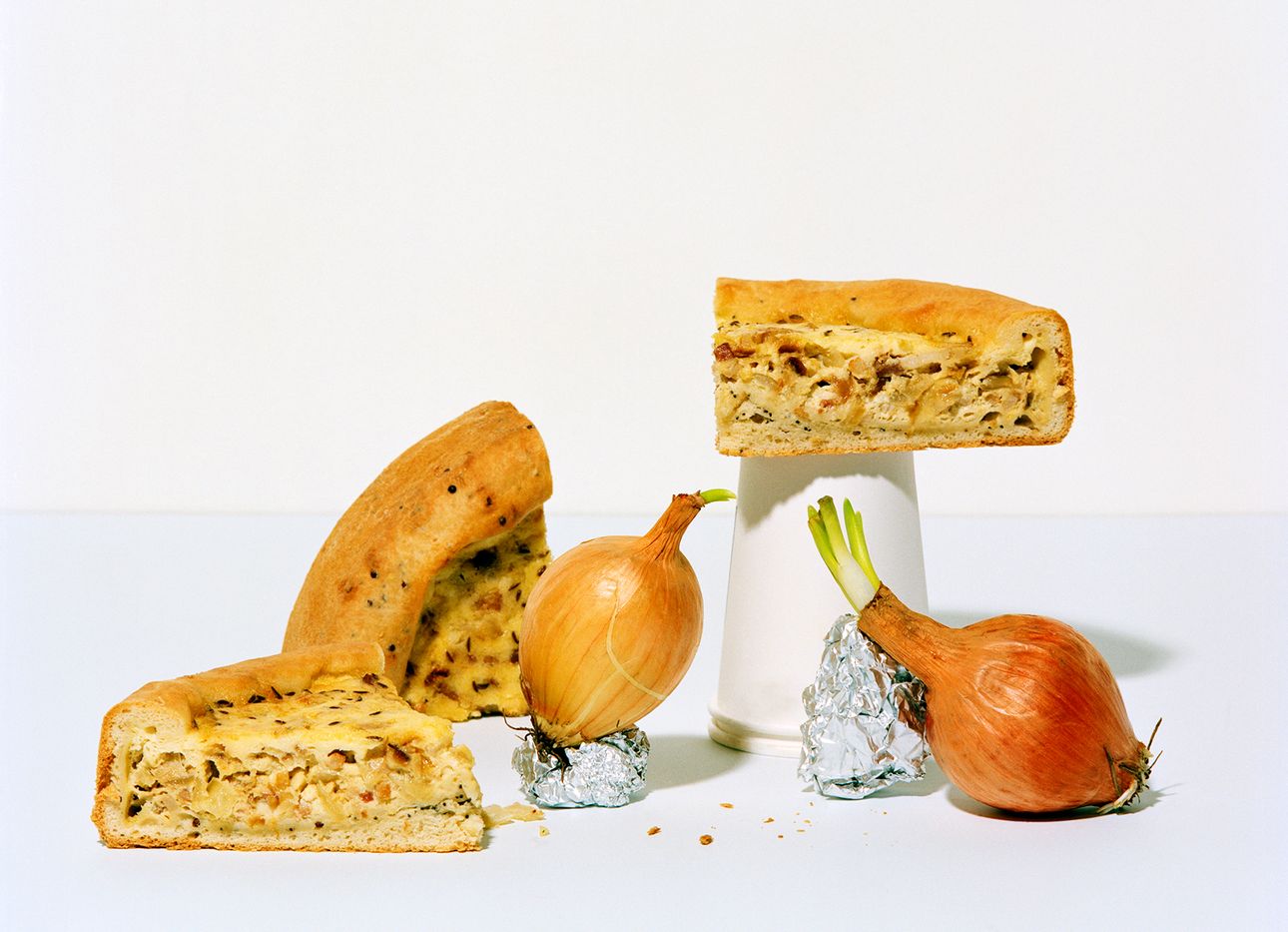
Esther Choi’s Edible Homages to Le Corbusier, Agnes Martin, and Others
An artist, home cook, and self-professed “recovering academic” with a Ph.D. in architectural history, Esther Choi tells us about her new experimental cookbook, Le Corbuffet: Edible Art & Design Classics (Prestel), a punny collection of inspired dishes that critically question taste, consumption, and the canon—and very much encourage you to play with your food.
Your recipes include Helen Frankfurtenthaler, Angus Martin, and Martin Parrfait, to name a few—a clear mash-up of your love of art and food. What came first, the puns or the dishes?
It started off with puns. I was literally at the grocery store when I came up with the first few, for some reason. It just kind of hit me. I thought it was hilarious, so I started making this list on my phone. I think I was, frankly, probably stressed and very frustrated creatively, because I was in the middle of writing my dissertation, and really missed making something with my hands. It’s just where my mind went.
I started entertaining this idea of like, well, what would a Walter de Maria “Earth Room” cake taste and look like? How would you recreate that kind of earthiness, or translate a certain set of ideas in one very spatial, tactile medium into another, edible one? It became a mild obsession for me, and my friends as well, who became very good at thinking of new puns.
Both the names and dishes reflect a highbrow mix of tastes, made playful and irreverent. Were there any dishes that didn’t make the final cut?
Oh gosh, I’d have to refer back to my notes—but I will say I did push to make sure we included certain ones. I mean, If we were going to go straight by the canon, it was going to be all white men, and I didn’t want to reiterate that. That’s part of the problem of working with history—and, of course, there are new histories and counter-histories being written right now—but for me, especially given that I teach architectural history and art history, I’m very mindful of the canon that students are expected to know: I’ll try to show its limitations, show its biases. Because the people writing those histories were white men.
Some might have a hard time pulling off symmetrical Florence Knoll rolls—more so than the Frida Kale-o salad or the Robert Rauschenburger, which seems totally open to interpretation.
Oh yeah, absolutely. That’s the thing about a recipe: It’s like an artwork, an imaginary original that you probably have never had an interaction with, right? A lot of these recipes are incredibly classic and basic, but these are also recipes I’ve been making all the time at home for years.